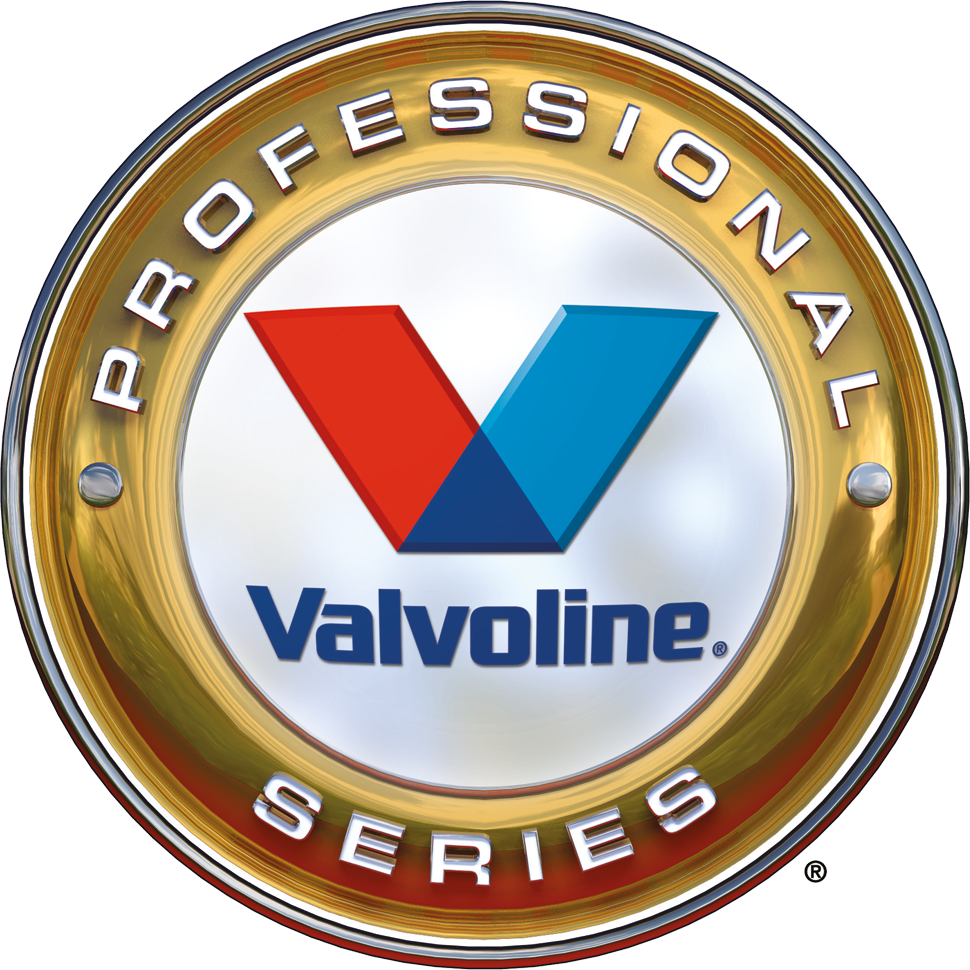The snow has melted and the sap is running. Spring’s in the air, and you’ve been busy with the Big Cleanup. You’ve cleared the clutter and tidied up in the house, the garage, the yard… But wait! Don’t forget that your automobile needs plenty of attention in springtime as well. In Nordic countries like ours, winter is especially tough a motor vehicle. There are all sorts of vestiges of the snowy season—road salt and grit, mud and grime—that you’ll need to get rid of. Here are some overall guidelines to get your vehicle shining again for spring.
Bath time!
It’s a fine day out, and you can feel the warm sun on your skin. Must be the perfect time to wash the car, right? Wrong! You should wait for an overcast day, or move your vehicle into the shade. In direct sunlight, droplets of wash water act like tiny magnifying glasses and can damage your vehicle’s finish. Also, if you wash your ride after it’s been sitting in the sun for several hours, the water will dry too fast on the hot metal and tarnish the paint.
You’re better off starting early in the morning, preferably in the shade of a large tree—that is, unless you go to a commercial car wash, which offers the benefit of a roof and a good high-pressure hose.
The perfect car wash starts with giving the body and the wheels a serious bath. Using a garden hose, spray the body panels, moldings, inside the wheel wells and underneath the vehicle, where winter muck will have worked its way into all kinds of nooks and crannies. If mud continues to run off, keep spraying until the water runs clear. Remember, even a tiny amount of dirt that stays on your vehicle can trap moisture and become a source of rust.
Once the body is wetted down properly, wash all parts of the car with a soft cloth or sponge soaked in soapy water. A few words on soap: dishwasher detergent won’t damage your vehicle’s finish, but it can leave deposits behind if you don’t rinse thoroughly. Avoid more powerful cleansers; your car’s shine will suffer. To do the job right, use a product designed specifically for car washing that is non-abrasive, won’t strip off wax, and won’t leave a greasy film. Car wash soap can be found at your favourite retailer.
Always work from top to bottom, so that you don’t dirty areas that you’ve already cleaned. Clean small sections at a time and rinse often, starting with the roof, then the hood and trunk (or hatch), and finishing with the doors.
Rinse the sponge frequently, in case it has picked up any fine grains of sand that could cause nasty scratches in the paint.
Are really tough stains making the job a lot harder? Again, look for the right automotive product to tackle them. Or use this surefire trick from Jim Kerr, Automotive Technology Instructor at the Saskatchewan Institute of Applied Science and Technology: “Lay an old flannel sheet over the front of the vehicle, where bugs tend to get stuck, and soak it with water. The sheet holds the water on the surface, softening the deposits so they come off easier. Let it soak for a few minutes, then take the sheet off and wipe with a moist sponge.”
While you wash, keep hosing down the body with water until you’re ready to dry it. You can do this last part of the work with a bunch of old bath towels, but the best thing for the job is a chamois—either a real leather one or a synthetic Absorber brand cloth. Why not let the vehicle drip-dry, you ask? Because minerals in the water could leave spots in the finish—no fun, after all that hard work you’ve just put in.
Next, the more meticulous car washer will want to apply wax or sealant. This step is really worth it, not least because it’ll make the job easier next time you wash. Use a soft cloth and work small sections at a time. Don’t wax rubber trim, moldings or plastic: to restore shine to these areas, you want to use a specifically designed tire and rubber finish or plastic protectant. Take the opportunity to check for any spots where rust is creeping in, and have them taken care of as soon as possible.
Finally, don’t forget to give the rubber weatherstripping on the doors and trunk a protective coating. A silicone-based lubricant will keep the rubber in good shape and prevent it from drying out during the summer—in turn, delaying the onset of chassis noise.
Beauty is on the inside
So now you’ve got your ride shining like new on the outside. Great! But what about the inside? From salt and gravel encrusted in the floor mats and carpeting to dust coating the dashboard and stains on the seat fabric, your vehicle’s interior needs plenty of TLC in the spring as well.
Start with a good vacuuming to get the dirt out of the mats, carpeting and seat fabric. If your “dustbuster”-type hand vacuum isn’t up to the task, you can go to your local gas station where, for a few dollars, you can enjoy the power of an industrial-strength shop vacuum.
Are there stubborn calcium stains on the floor mats? Declare war with a vinegar-and-water solution. It’s also a good idea to take advantage of a sunny spring day to hang the mats on the clothesline and rid them of that musty winter smell.
To spruce up the dashboard, doors and leather seats, simply use a cloth soaked in hot water. Whatever you do, don’t use an ammonia-based (Windex-type) cleaner, as it could ruin plastic surfaces.
For really recalcitrant stains, use detergent mixed with cold water—not hot water, which is likely to “lock” the stain in permanently. Rub gently, taking care not to discolour or harm the material. Dry gently as well, using a hair dryer on its low-temperature setting.
You may think you’re done, but what about the inside of the windows? Wash them with a good car window cleaner, or a bit of vinegar. Be careful: an ammonia-based cleaner can damage tinted windows. Here’s a good window-washing trick: wipe the inside horizontally, and the outside vertically. That way, if you miss any spots or leave streaks, you’ll know which side they’re on.
Now it’s time to re-tire!
Obviously, your spring maintenance won’t be complete until you swap your winter tires for summer tires. Be sure to check the pressure in the new tires at the same time.
We can never stress this enough: an underinflated tire will reduce fuel economy and wear out faster. For example, a tire four pounds under the recommended pressure increases fuel consumption by 2%.
Clear winter clutter from the trunk Back in the fall, you packed your trunk with winter gear: bags of salt, shovel, traction aids… It’s time to take them out and lighten the load. A heavier car burns more fuel, and in turn releases more toxic emissions.
So rid your trunk or cargo space of all items that won’t be of any use during the summer season. And while you’re at it, take the ski rack off the roof and store it: no need to increase wind resistance!
By Nadine Filion
© CAA-Quebec
https://www.caaquebec.com/nc/en/on-the-road/advice/tips-and-tricks/tip-and-trick/show/sujet/spring-cleaning-for-your-vehicle/


